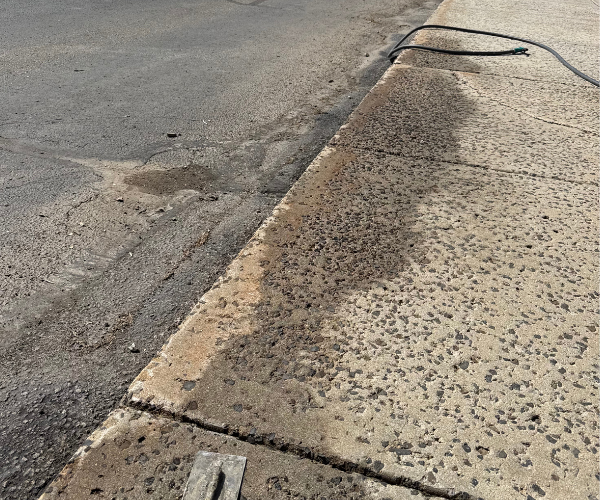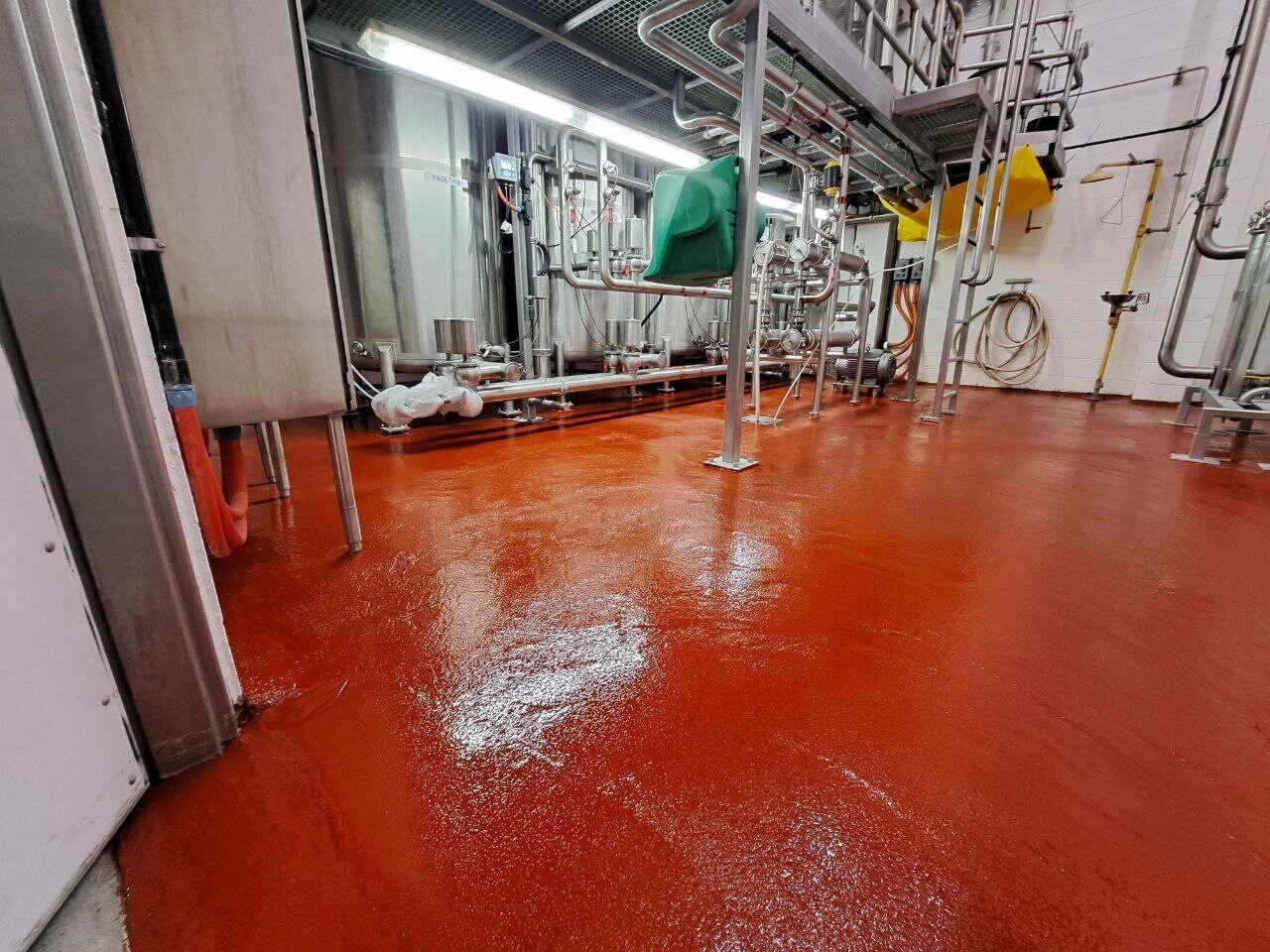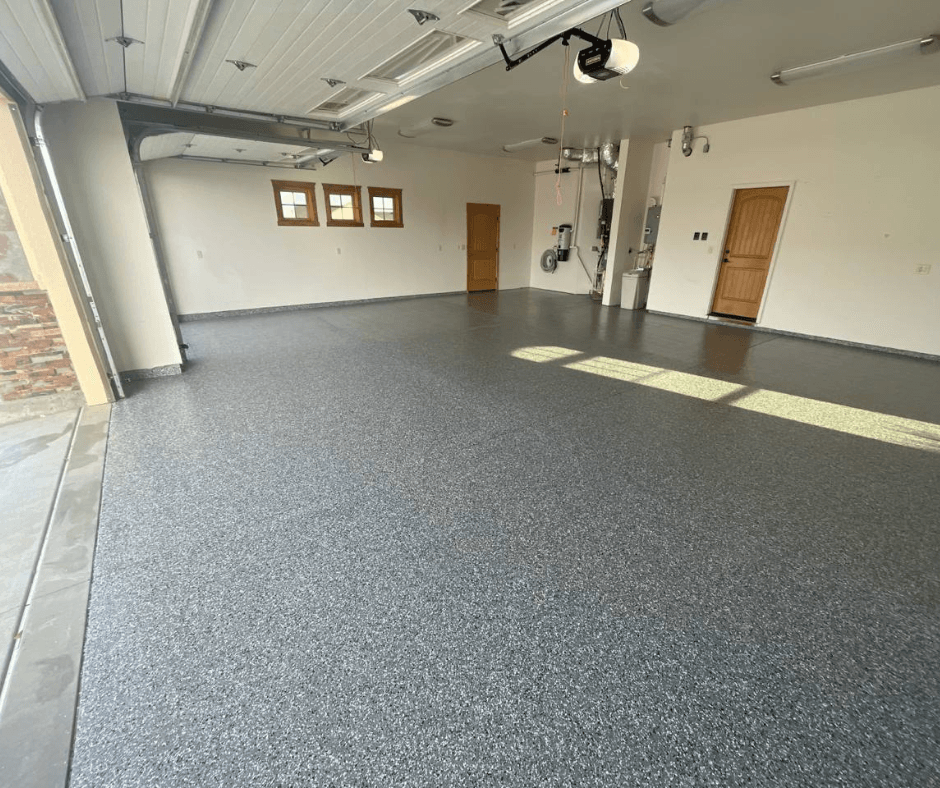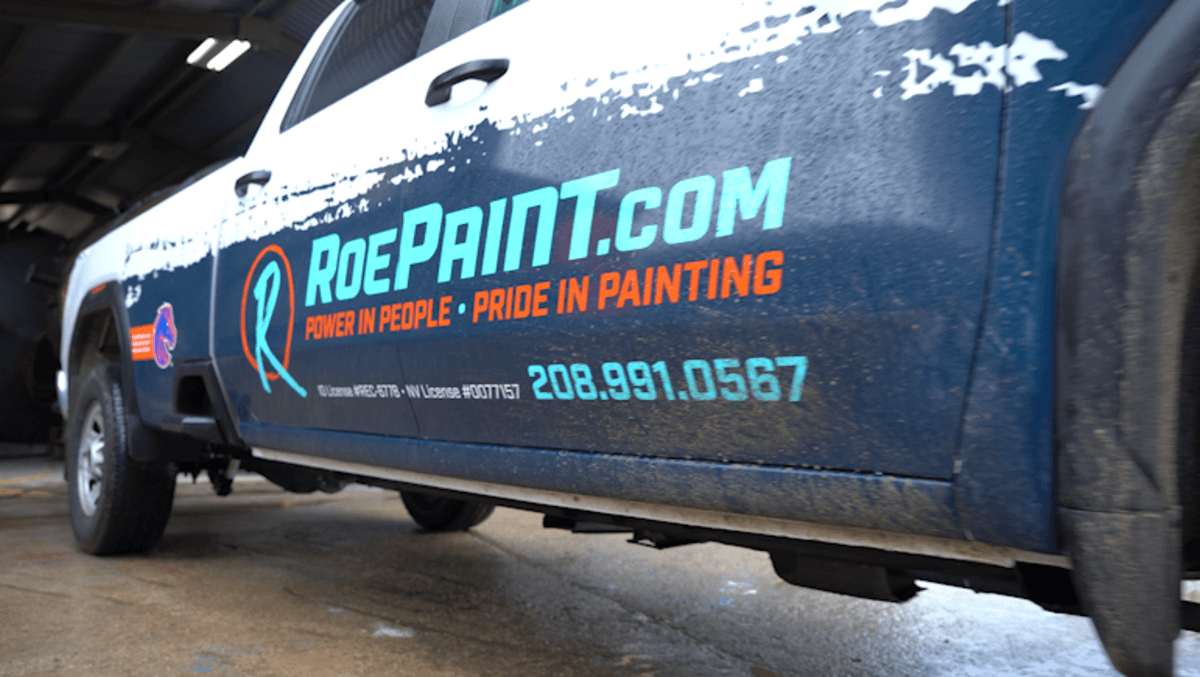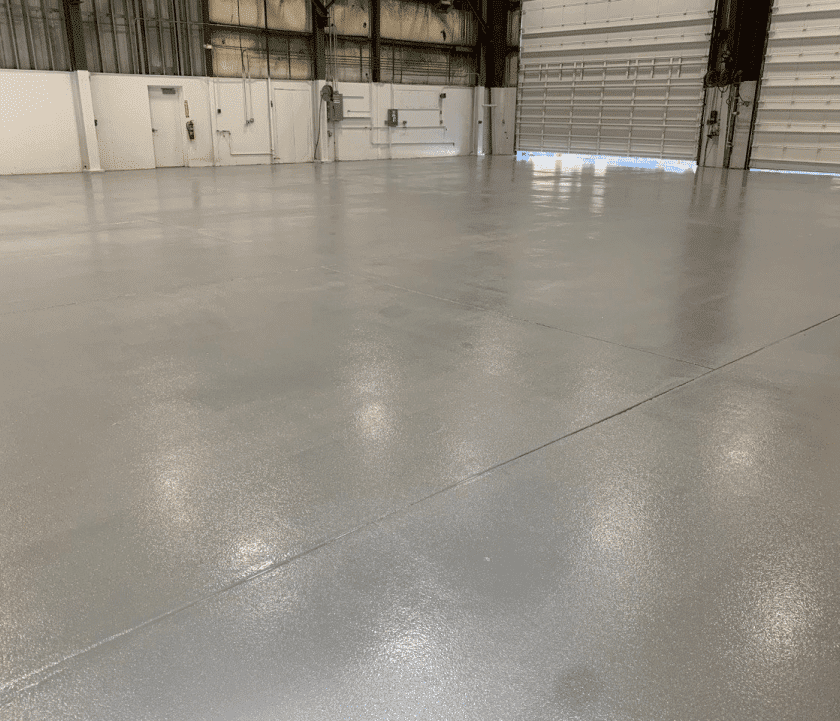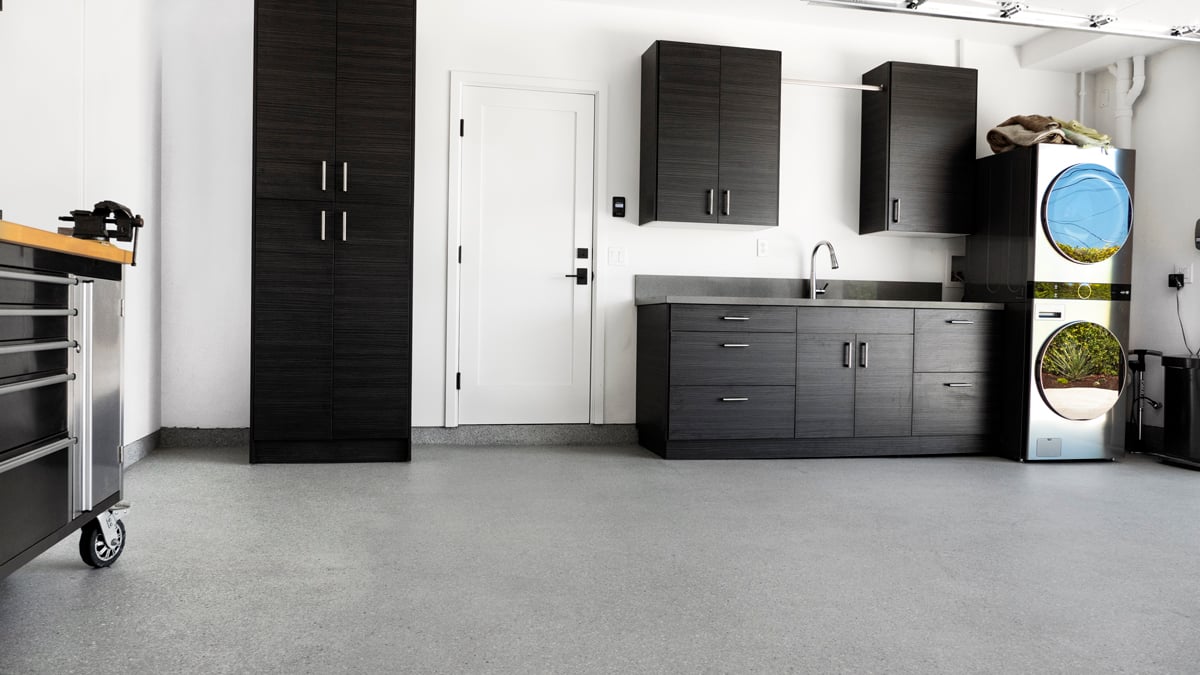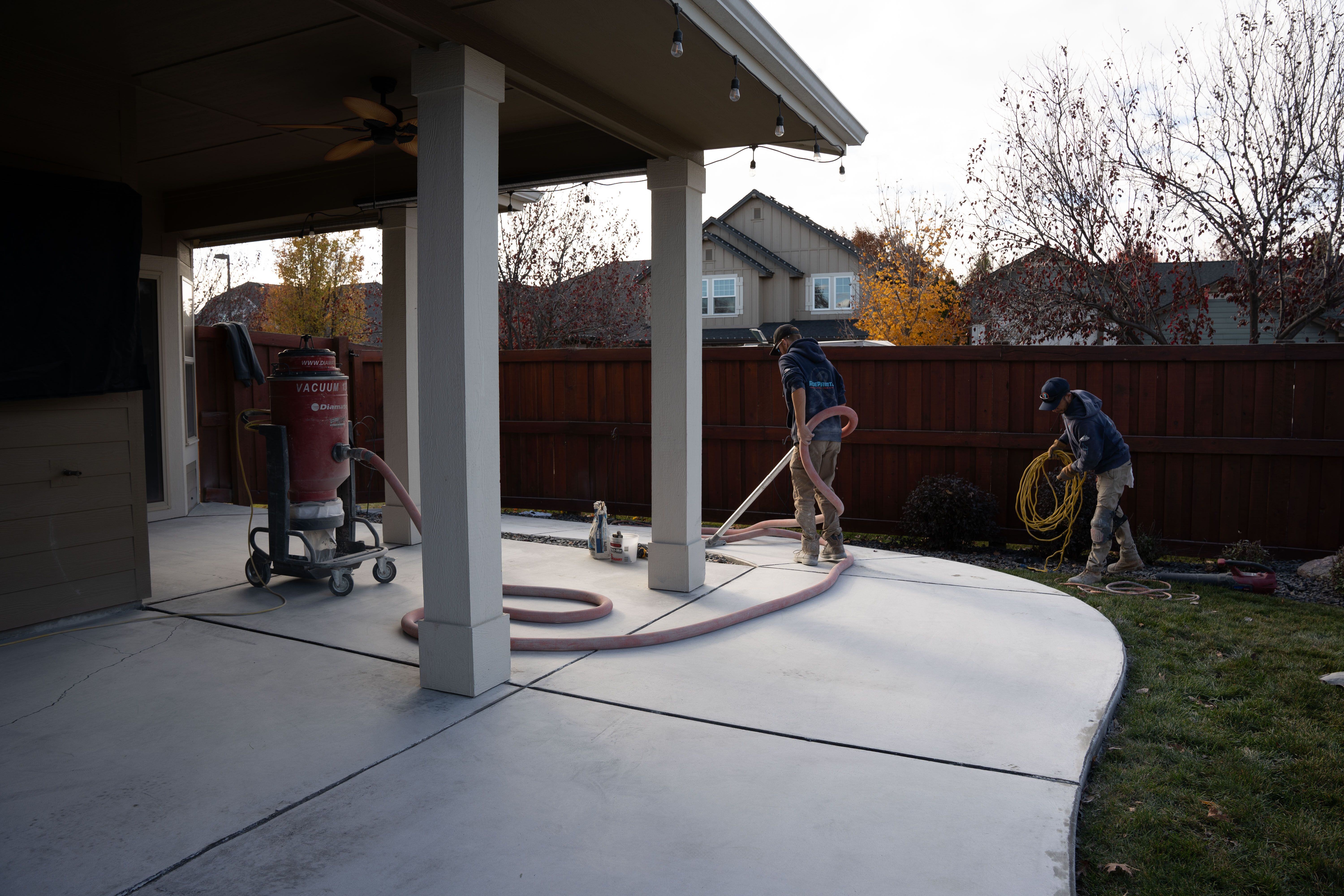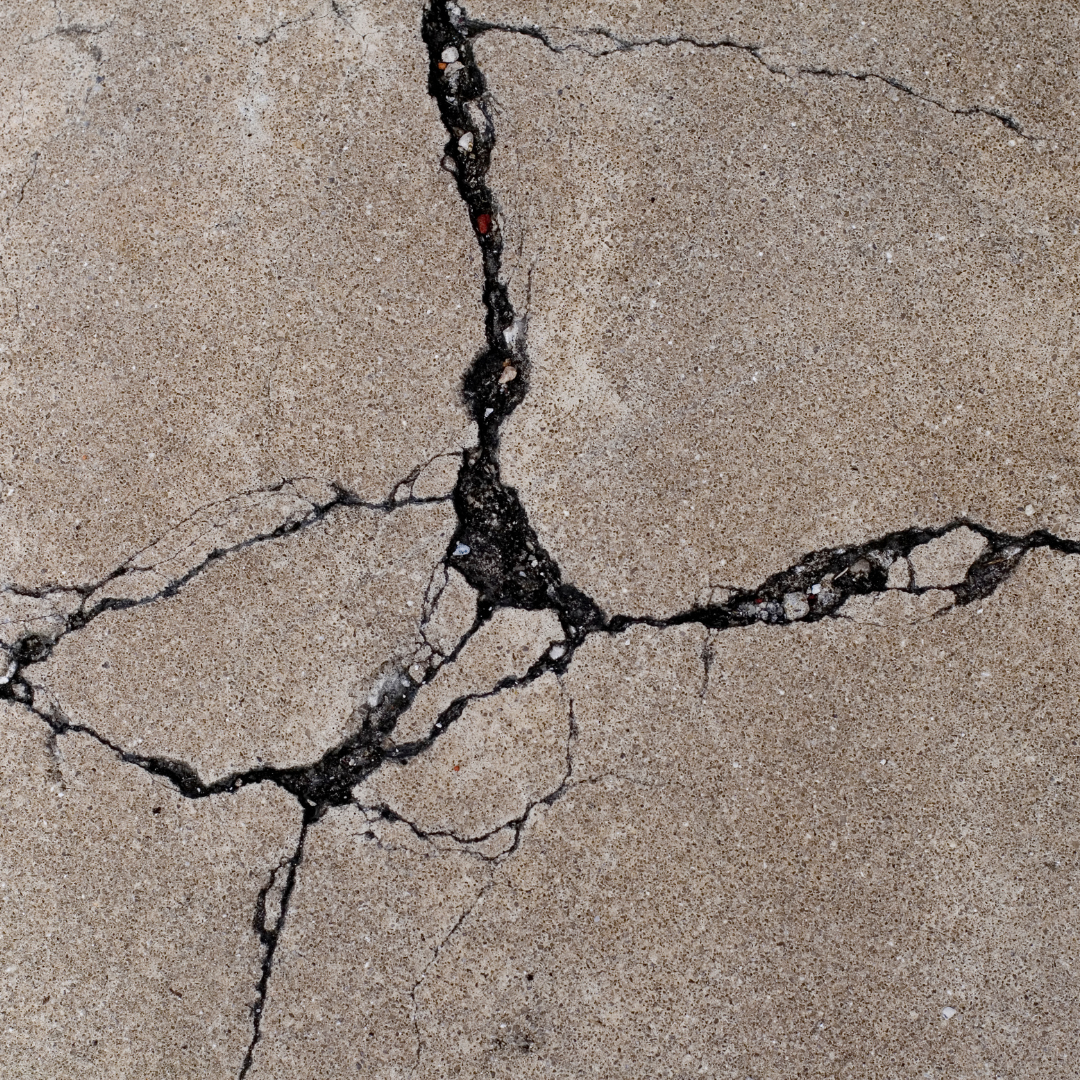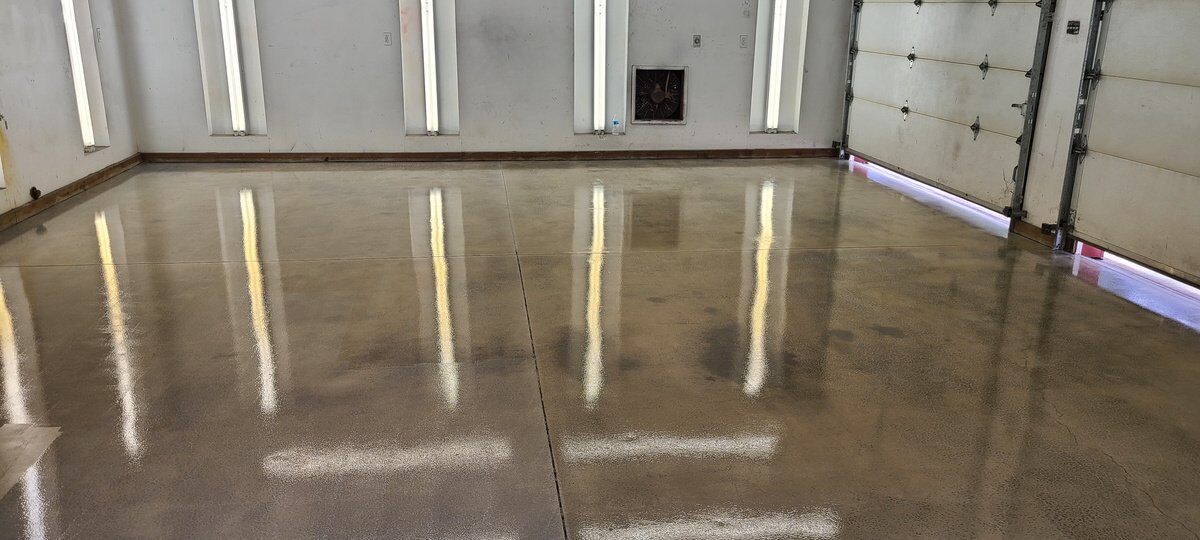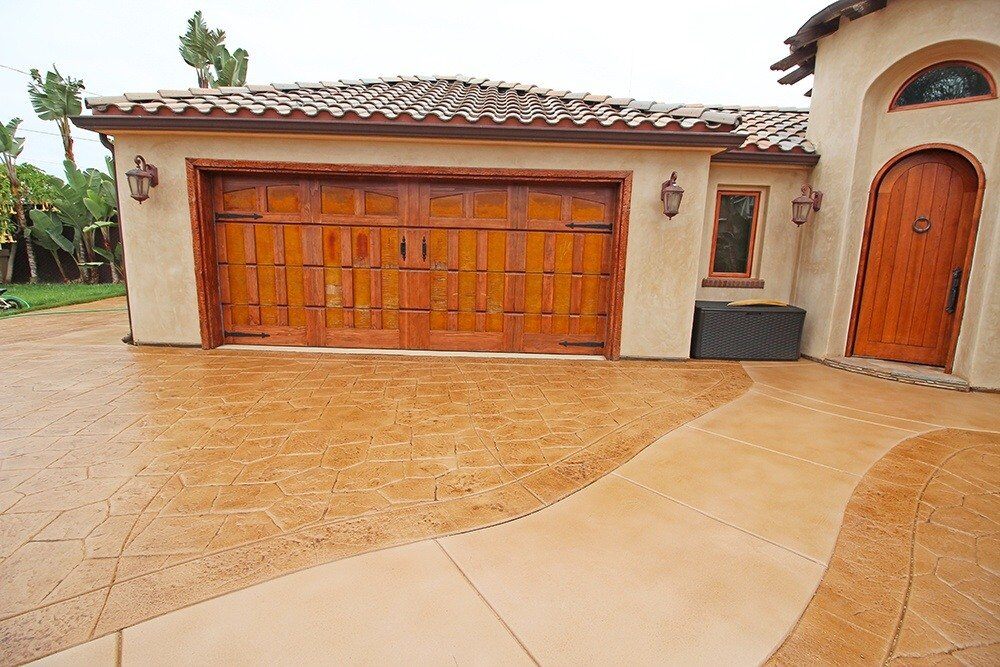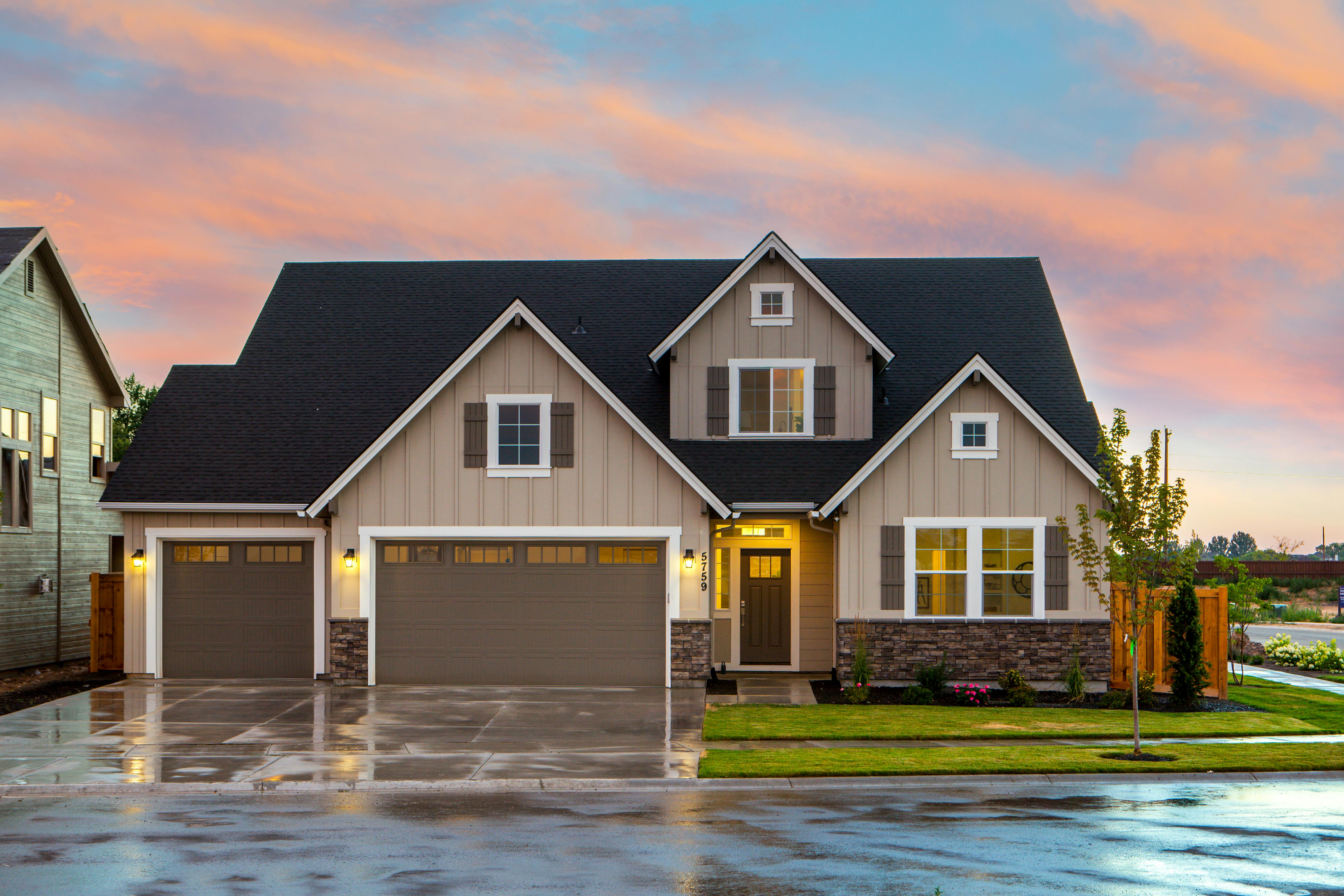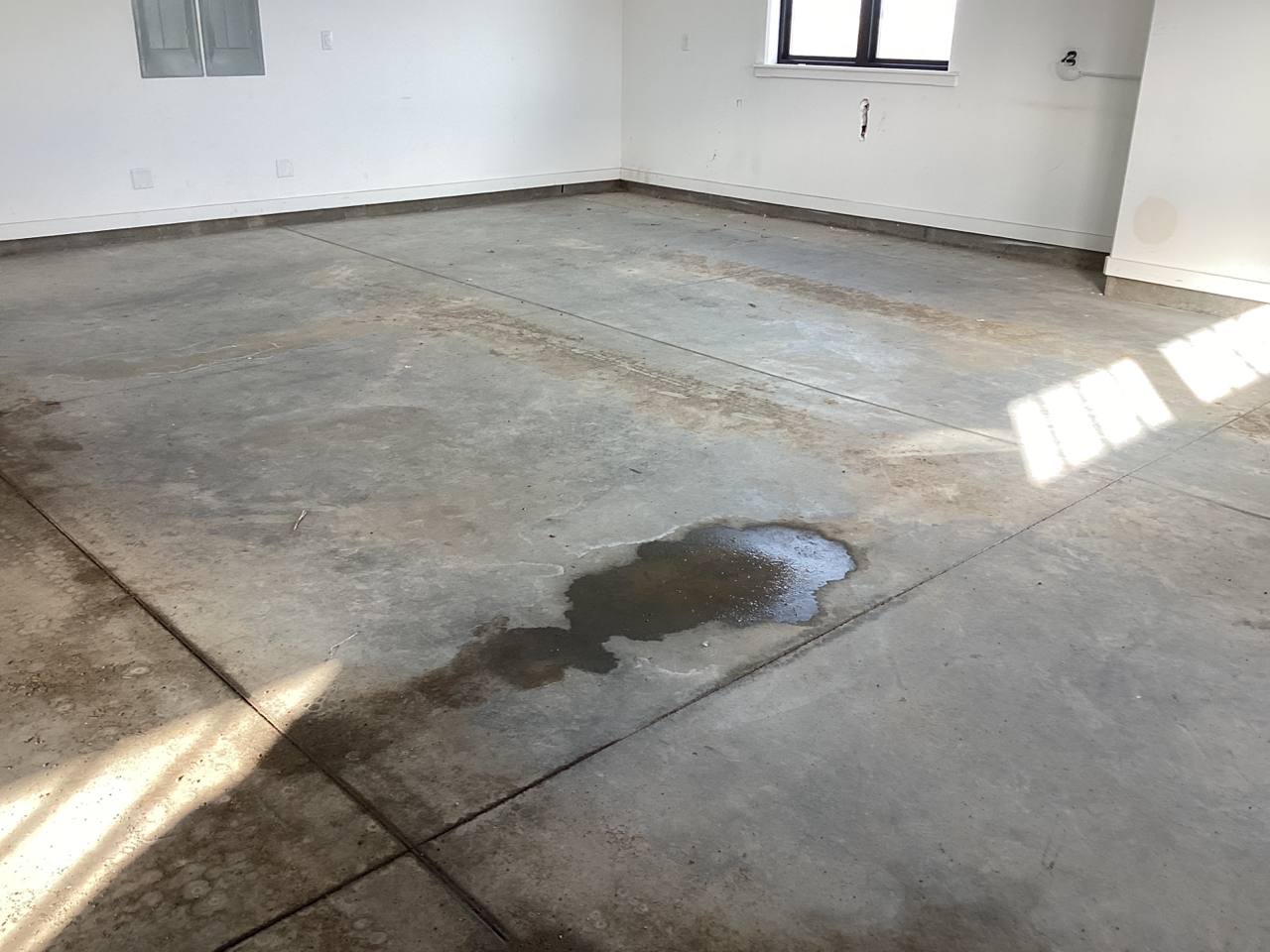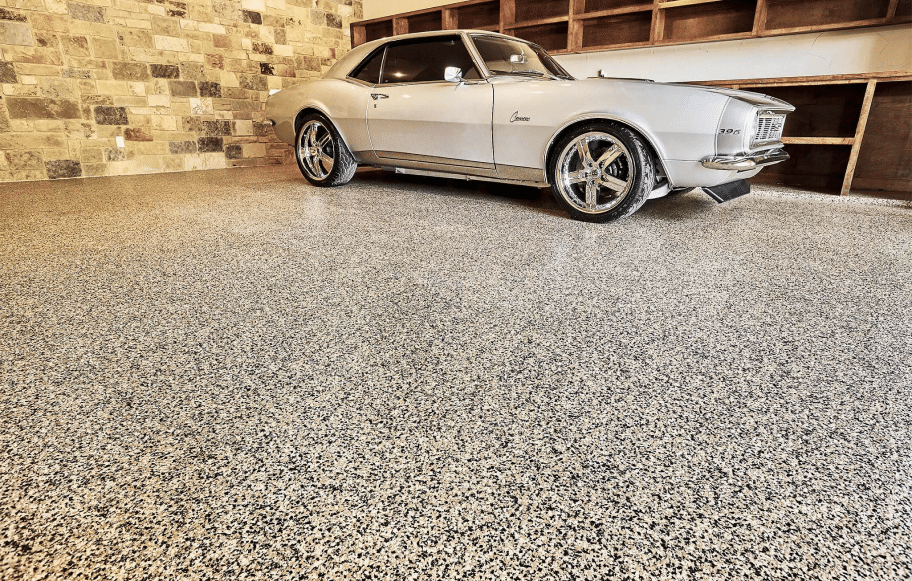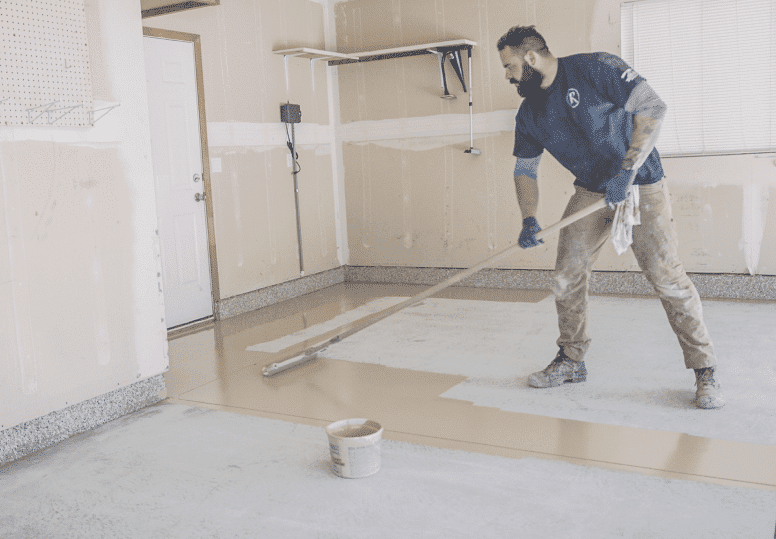Traction Options for Concrete Coatings: Pros, Cons, & What to Expect
July 21st, 2025
7 min read
By Jud Masters
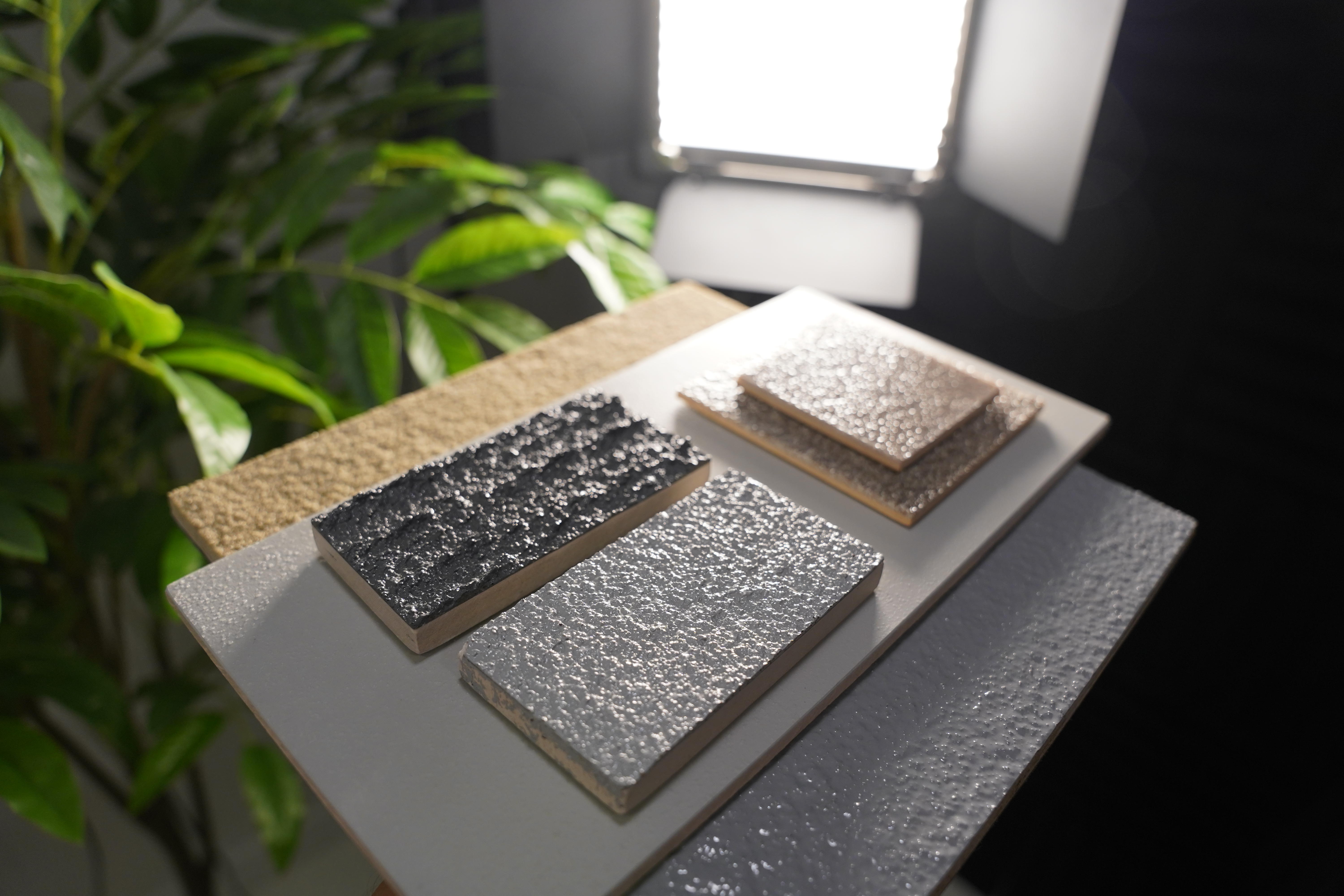
Slippery floors aren't just a nuisance. In some cases, they're a real safety concern. That's why so many people ask about traction options when choosing a concrete coating. The challenge? Every choice affects something else. Add a lot of texture, and the floor gets harder to clean. Skip it entirely, and it might not perform the way you want it to.
For over 25 years, we've helped homeowners, facility managers, and business owners across all kinds of environments figure out how to get the right grip without ruining the look or cleanability of their floor.
This article breaks down the most common traction options for concrete coatings, what each one actually does, where they make the most sense, and how to strike the right balance between slip resistance, durability, appearance, and upkeep.
We'll cover:
- Why Concrete Coatings Can Become Slippery
- Common Misconceptions About "Anti-Slip" Solutions
- Concrete Coating Traction Additive Options
- Traction Additive Comparison Chart
- Can You Fully Prevent Slips With Traction Additives?
- How We Help Clients Choose the Right Traction Level
- When Traction Additives Aren't Needed
Why Concrete Coatings Can Become Slippery
When concrete is left bare, it has a natural texture and porosity (water absorbs instead of sitting on top) that helps with traction. But once a coating is applied—whether it's epoxy, polyaspartic, or polyurethane—that texture essentially gets filled in. The surface becomes smooth, sealed, and in many cases, glossy. And that's where the slipperiness can start.
The issue isn't the concrete. It's the coating. A smooth, uninterrupted surface doesn't allow water or debris to move or settle the way bare concrete does. Instead, anything slippery (like water, flour, oil, or soap residue) just sits on top. That creates a higher risk of slips, especially in wet or high-traffic environments.
In short, coatings improve durability and aesthetics, but they also remove the micro-grip that bare concrete naturally provides.

Common Misconceptions About "Anti-Slip" Solutions
A lot of people assume that adding a traction additive will guarantee a slip-proof floor, but it's not that simple. Traction can be added, but there are always trade-offs.
To tackle some of the big questions and misconceptions about traction additives for concrete coatings, we sat down with John Barnett, our Concrete Coating Division Lead. With over 30 years in the industry, John has faced every type of environment and regularly provides guidance on the right path forward when it comes to adding traction to your floors.
"Will it change the way the floor looks?"
Yes. And how much it changes depends on the additive. Even the lightest additives will dull the gloss slightly and give a sugar-like texture. Heavier aggregates or aluminum oxide can make the surface visibly rougher. Also, light will hit a textured surface differently than a flat, smooth surface, altering the overall look.
"The more anti-skid or aggregate you put in the actual finish, the more it's going to change the look of the floor," John explains. "With the lightest ones, like Shark Grip, it just gives the floor kind of a bumpy look—like the size of a sugar grain. On the other hand, extreme traction options are going to be almost sharp to the touch."
"Can I still clean the floor the same way?"
It depends on the grit (level of texture). Light to medium textures can still be mopped, but heavier textures may require scrubbing tools or power washing. Always make sure that you are using the right ratio of soap to water when it comes to cleaning products. Leftover soap residue can be a major factor for slipperiness.
"When you think of somewhere like Costco, they have polished concrete, which has zero traction additives. What they do instead is consistently clean the floors because it's not the concrete that's slippery, it's the liquids, powders, and oils that get spilled on top of it, " John explains. "They need floors that are easy to keep consistently clean."
"Will the traction wear out over time?"
Not likely. Most of the traction additives used, like bleached aluminum oxide or polymer beads, are extremely durable. In many cases, they can even increase surface durability.
"I don't believe it would ever reduce the durability of the coating," John said, referring to the coating's lifespan. "If anything, the more we put in, the more wear and tear it'll take."
"Can it eliminate slipping altogether?"
No traction additive can fully eliminate slip risk. There are just too many variables: footwear, spills, slopes, and even how well the floor is cleaned.
"The real answer is no," John said plainly. "There's always some level of shoe wear, people's balance issues, or spills that weren't cleaned up in time. I've even gone back to projects where we discovered it wasn't the coating that was slippery; they weren't diluting their cleaning solution enough, and the floor was covered in soap residue."
Concrete Coating Traction Additive Options
Traction additives are going to vary in material, appearance, cleanability, and performance. Some are mixed directly into the coating, while others are broadcast and backrolled into place. The right choice depends on where the floor is, how it will be used, and how it needs to look and perform long-term.
Light Texture: Polymer Additives (Shark Grip, Gator Bite)
- What they are: Fine plastic beds, about the size of a sugar grain
- Application: Mixed directly into the topcoat; they stay suspended in the resin
- Impact on appearance: Minimal; may slightly reduce gloss
- Cleanability: Excellent; easy to mop and maintain
- Best for: Garages, showrooms, indoor spaces where light traction is needed without a rough texture

Medium Texture: Quartz Sand, Walnut Shells
- What they are: Natural or synthetic aggregates broadcast into the topcoat
- Application: Thrown evenly ("rain down") and then backrolled to lock into the surface
- Impact on appearance: Noticeably rougher; more visible texture
- Cleanability: Moderate; may require scrub brushes for best results
- Best for: Pool decks, outdoor walkways, kitchens; areas with moisture and moderate foot traffic

Heavy Texture: Bleached Aluminum Oxide
- What it is: Extremely hard, crystal-like grit that's nearly transparent when applied
- Application: Broadcasted into the surface; not mixed in
- Impact on appearance: Clear in color, but clearly textured; dulls gloss significantly
- Cleanability: Requires scrubbing or more aggressive cleaning tools
- Best for: Commercial kitchens, production facilities, or anywhere slip prevention is critical
Extreme Texture: Steel or Metal
- What it is: Heavy, industrial-grade particles for the most demanding environments
- Application: Broadcast only; too heavy to mix in
- Impact on appearance: Rough and highly textured
- Cleanability: Scrubbers or pressure washing required
- Best for: Food processing, exterior ramps, or any area with heavy water flow or machinery traffic

Industrial Grade Texture: PC-650 Heavy-Duty Non-Skid Epoxy
- What it is: A pre-formulated, ultra-durable non-skid epoxy system designed for the harshest industrial environments
- Application: Two-part epoxy with built-in grit; no additive broadcasting required
- Impact on appearance: Thick, visibly textured finish; purely functional
- Cleanability: Low—scrubbing or power washing required
- Best for: Ship decks and docks, equipment rooms, ramps, and other high-risk industrial zones
Unlike other systems where grit is added separately, PC-650 is designed from the start to be aggressively textured. It's not decorative. It's built for function, durability, and safety under intense conditions.
View the full product spec sheet here: PC-650 Heavy-Duty Non-Skid Epoxy Coating

Traction Additive Comparison Chart
Additive Type |
Traction Level |
Appearance Impact |
Cleanability |
Best For |
| Polymer Bead (Shark Grip, Gator Bite) | Light | Slightly dulls gloss; sugar-grain texture | Easy—mop-friendly | Garages, showrooms, residential interiors |
| Quartz Sand/ Walnut Shells | Medium | Noticeable texture; visible grit | Moderate — may need scrubbing |
Pool decks, patios, and commercial walkways |
| Bleached Aluminum Oxide | Heavy | Clear grit, but visibly rough | Low — scrub brush recommended | Kitchens, manufacturing, and high slip risk areas |
| Steel/Metal Grit | Extreme | Highly textured and industrial look | Low — scrubber or pressure washer needed |
Food plants, wet production environments |
| PC-650 Heavy-Duty Non-Skid Epoxy | Industrial Grade | Very coarse, functional finish | Very low — requires aggressive cleaning |
Equipment rooms, ship decks, ramps, industrial/commercial floors |
Can You Fully Prevent Slips with Additives?
The short answer is no. No traction additive, regardless of grit level, can guarantee a completely slip-proof floor.
Slip risk depends on much more than the floor itself. Shoe tread, foot traffic, spills, balance, slopes, and even how the floor is cleaned all play a role.
Additives reduce the risk by adding surface texture and helping moisture or debris disperse, but they can't account for every variable. Even the most aggressive textures will be slippery if they're covered in soap, oil, or food products.
Instead of overpromising, the goal is to set realistic expectations and design the right level of traction for the space and its users. In some cases, that means targeting specific zones, like entrances or ramps. In others, it means balancing grip with cleanability and appearance.
This is why asking the right questions about how the floor will be used is more important than just picking a product.
How We Help Clients Choose the Right Traction Level
Choosing the right level of traction isn't about picking a product off a shelf. It's about understanding how the floor will actually be used, what conditions it will face, and how much maintenance is realistic.
Here's how we guide the decision:
Step 1: Start with Use Case
The first question is always: What will this surface be used for?
- Is it exposed to moisture (pool deck, commercial kitchen, entryway)?
- Is it in a high-traffic zone with constant foot traffic?
- Will oils, powders, or liquids come into contact with the floor?
"We always ask: What are you going to use this surface for?" John explained. "Is it a pool deck? An aisleway in a store? Your garage? If it's going to see a lot of traffic and be wet all the time, then yes, you need anti-skid."
Step 2: Match Performance to Environment
Once the use case is clear, traction options are mapped to what's realistic for that space:
- Light texture for indoor spaces with dry conditions
- Medium texture for areas with foot traffic and some moisture
- Heavy or extreme traction for spaces where safety is a must and spills or standing water are unavoidable
Step 3: Consider Cleanability
Texture always affects cleanability. If the environment requires regular mopping, light to medium grit is ideal. For high-traction zones that must stay clean, customers may need to invest in a scrubber or use strategic placement.
Step 4: Aesthetics Preferences
Finally, clients are shown how traction will affect the look of their floor. For example, matte finishes can hide added texture better than glossy ones, and lighter additives like Shark Grip won't significantly change appearance.
This step is key when coating showrooms, garages, or decorative spaces where visuals matter just as much as function.

When Traction Additives Aren't Needed
Not every concrete coating needs added texture. In fact, in some situations, traction additives can create more issues than they solve.
Skip traction additives when:
- The area stays dry and isn't exposed to water, oil, or powder
- Walk-off mats or rugs are in place at entry points
- The space is primarily decorative (showrooms, basements, etc.)
- Cleanability and appearance are top priorities
"If you can control the environment," John said, "you don't necessarily need anti-skid."
This comes up often in garages, indoor retail areas, and lobbies with proper drainage or flooring mats. In these cases, keeping the surface smooth can actually improve longevity, gloss retention, and ease of maintenance.
Choosing the Right Grip Comes Down to Balance
Concrete coatings become slippery because they smooth out the natural texture of concrete. Traction additives help bring that grip back in the right amount.
Every surface has its own needs. The right traction depends on how the space is used, how often it's cleaned, and what the priorities are: safety, cleanability, or aesthetics.
Still undecided on traction? Start by thinking about the environment and who will be walking on it, not just the product. That's where the best results come from.
At Roe Painting, we help clients match traction to real-world use. If you're unsure what's right for your floor, we're ready to help. Request a complimentary in-person quote to get your hands on real-life samples of different traction applications for concrete coating.f
asfsdfsdshjkg
Jud has been with Roe Painting since 2017 and in the painting industry as a whole since 1999. He has a passion for estimating and selling a wide variety of painting projects. As the son of two teachers, he loves to educate his customers on what they should expect in a proper paint job. As VP of Sales, he enjoys developing estimating programs and teaching and coaching his sales team to deliver a confident contracting experience for every customer.
Topics:


